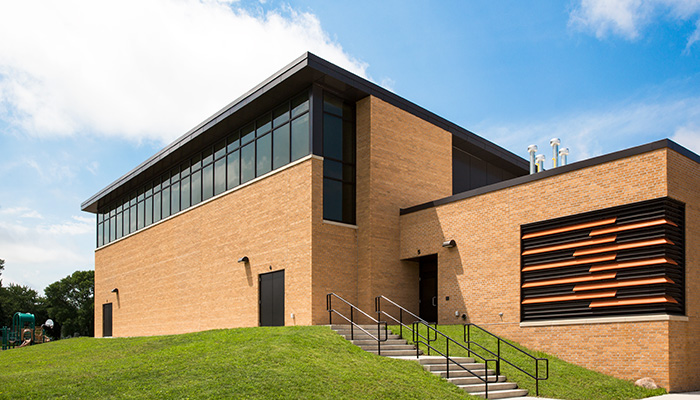Natural Hazard Vulnerabilities & Planning
Because our children spend a majority of their time at schools, we often perceive these buildings as safe and should inherently possess good resistance to natural hazards.
Because our children spend a majority of their time at schools, we often perceive these buildings as safe and should inherently possess good resistance to natural hazards.

Because our children spend a majority of their time at schools, we often perceive these buildings as safe and should inherently possess good resistance to natural hazards. However, school buildings can actually be more vulnerable to damage caused by natural hazards than other types of buildings. Factors contributing to these vulnerabilities include:
What Natural Hazards Does Your School Face?
Natural hazards include earthquakes, floods, hurricanes, tornadoes, tsunamis, high winds, snowstorms, volcanic eruptions, and wildfires. In the Midwest, we deal with only a few of these. This series focuses on extreme wind events including:
What is Your School Safety Strategy to Address the Natural Hazards?
Natural disasters are inevitable; however, the impact of the disaster can be lessened when a strategy is in place.
FEMA recommends a comprehensive approach to reducing risk in schools through the framework of a School Emergency Operations Plan.
Focus on Prevention, Protection and Mitigation
Have a proactive and comprehensive approach focused on prevention, protection, and mitigation BEFORE the natural hazard event takes place. Key steps include:
When addressing tornadoes and high winds, Shive-Hattery can help you:
Follow our Extreme Wind Event biweekly-series intended to help walk you through identifying vulnerabilities and opportunities to improve safety: